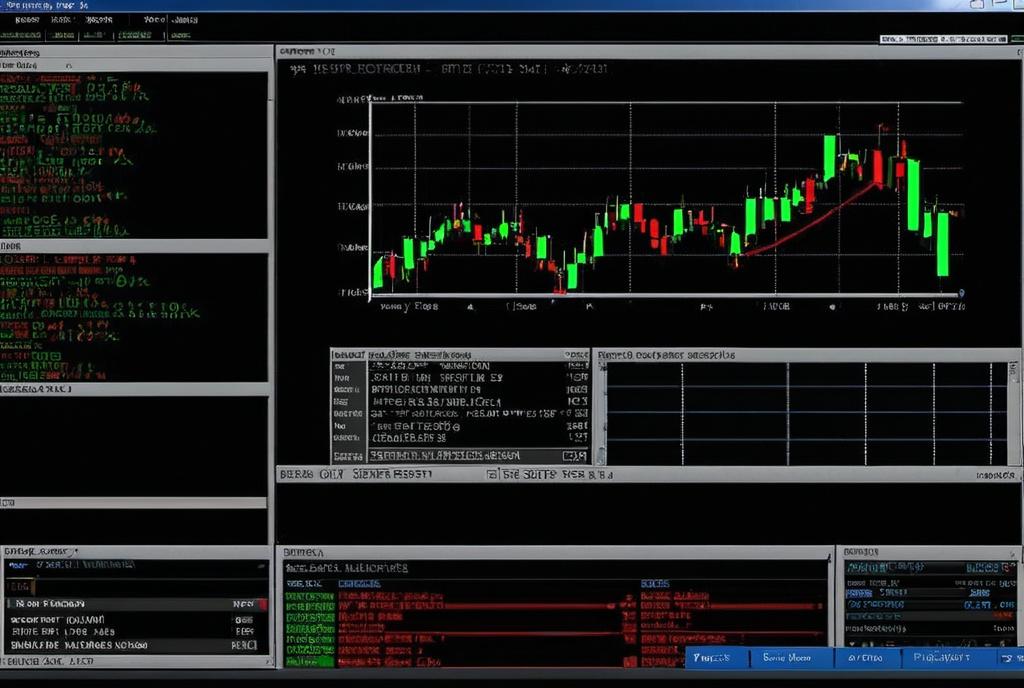Key Take Aways About NADEX Signals
- NADEX is a trading platform offering binary options, knock-outs, and call spreads.
- NADEX signals guide traders in buying or selling decisions, derived from technical analysis.
- Signals can be manual (human-generated) or automated (algorithm-based), each with pros and cons.
- HIT software automates trading processes, offering quick data analysis and signal generation.
- Choosing appropriate signals and testing is crucial before real trading.
- Avoid over-reliance on signals; supplement with market research and risk management.
- Stay updated with trends, algorithms, and continue learning for trading success.

Understanding NADEX Signals
If you’ve ever dipped your toes into the trading pond, odds are you’ve come across NADEX. The North American Derivatives Exchange is a financial trading platform where you can get your feet wet with binary options, knock-outs, and call spreads. The allure of NADEX is its simplicity and transparency, but wait up, don’t think it’s a cakewalk. To navigate NADEX successfully, understanding signals is key, and not the kind that comes from outer space.
What Are NADEX Signals?
In the simplest terms, NADEX signals are indicators that help traders decide whether to buy or sell. They serve as markers, pointing you in the right direction. Using these indicators properly can be the difference between sipping cappuccinos on the French Riviera or eating ramen in your one-bedroom apartment.
These signals often derive from analyzing various data points and trends. Think of them like a GPS, guiding you through the traffic of the trading world—or rather, like a seasoned driver who just knows every shortcut.
How Do NADEX Signals Work?
Here’s where the tech stuff kicks in: NADEX signals are generated through technical analysis, which involves scrutinizing historical price movements and trading volumes. Don’t worry, you won’t need to dust off your old college calculus textbook; there are algorithms and experts doing that heavy lifting.
Technical indicators, chart patterns, and even a bit of market psychology play roles in the creation of these signals. And in the same way you wouldn’t ignore a road sign, ignoring a signal could cost you dearly.
Manual vs Automated Signals
In your trading journey, you’ll encounter both manual and automated signals. Manual signals are crafted by human traders who analyze market conditions and report their insights. While these can be insightful, they’re constrained by human limitations, like needing sleep or having a bad hair day.
On the flip side, automated signals are generated by algorithms. They work 24/7 without a coffee break, reacting swiftly to market changes. But remember, even the best algorithms aren’t foolproof; after all, they can’t foresee unpredictable market events.
Choosing the Right Signals
Just like picking the right playlist for a road trip, the signals you rely on should match your trading style. Are you a risk-taker or a cautious strategist? There’s no one-size-fits-all; it’s about finding what vibes with your goals.
Before you dive in, it’s smart to run tests. Most platforms offer demo accounts—basically, play money to help you test the waters without selling your grandma’s china set. Use this time to evaluate the accuracy and reliability of different signals.
The Role of HIT Software in NADEX Trading
Now, let’s chat about HIT software. The name may sound like something from a spy movie, but it’s just a tool that traders use to improve their game. It helps automate some aspects of trading, providing signals based on certain parameters.
HIT software can be your best buddy if you’re a NADEX trader. It can swiftly analyze data, do complex calculations quicker than you can say “binary options,” and spit out signals that can either make or break your trade.
Efficiency and Accuracy
The main draw of HIT software in the NADEX world is its efficiency and accuracy. The software’s algorithms churn through data and provide signals faster than most human counterparts. But beware—fast doesn’t always mean accurate, so it’s crucial to continuously review and adjust your settings.
Using HIT Software Wisely
HIT software isn’t a magic wand. It’s more like a trusty co-pilot that needs your guidance and input. Be clear about your trading strategies and goals so you can customize its settings to mirror your trading style. Just like setting your GPS before hitting the road, aligning the software with your objectives ensures it points you in the right direction.
Common Mistakes to Avoid
Every trader has stories about “the one that got away”—trades that didn’t go as planned. Common pitfalls involve over-relying on signals, neglecting market research, or ignoring risk management. Think of it as trusting your GPS blindly and driving into a lake. Always supplement signal-based decisions with a healthy dose of market analysis.
Keep Learning and Adapting
In trading, there’s no such thing as a final destination. The market is always in flux, and so should your understanding and strategies. Stay updated with new trends, algorithms, and trading insights. Think of trading as a lifelong learning adventure.
In the end, NADEX signals are just tools, and like any tool, they require skill and understanding to be effective. Balancing them with HIT software and your expertise is the name of the game. With time, practice, and a little bit of that elusive market intuition, you might find yourself more often on the winning side of trades, maybe even with an extra spring in your step.
